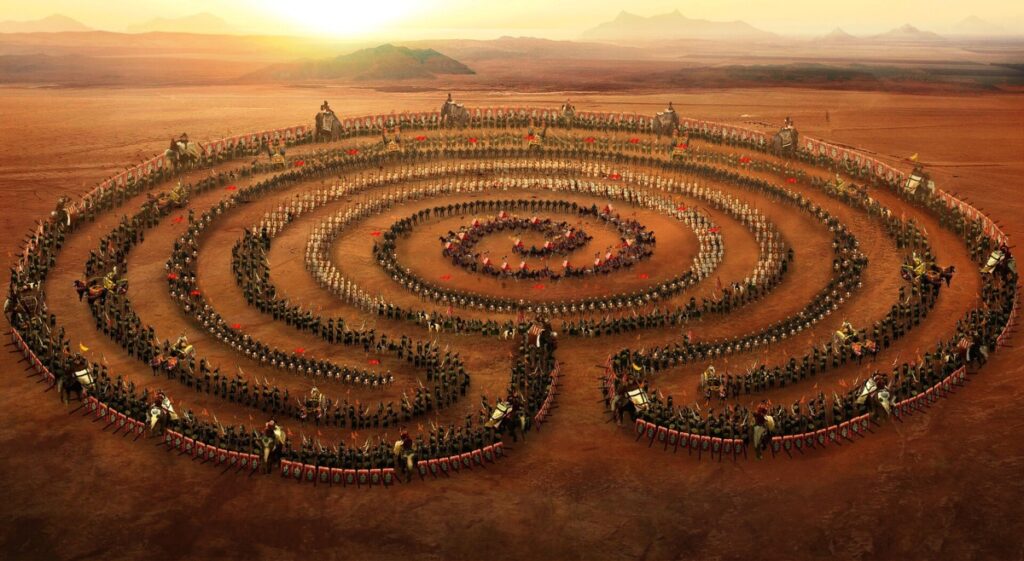Kho-Kho
India, renowned for its rich culture and heritage, boasts a few notable sports and games believed to have originated within its borders. One such game is Kho-Kho, deeply ingrained in rural India, captivating people from all walks of life with its origins traced back to the Hindu sacred text, the Mahabharata.

Image Source : quora.com
Legend has it that the inspiration for Kho-Kho can be found in the epic Mahabharata. On the thirteenth day of the Mahabharata war, Dronacharya, the General of the Kauravas, devised a military defensive circle known as the ‘Chakravyuha.’ In a valiant effort, the fearless warrior Abhimanyu fought within this circle, inflicting heavy casualties on the Kauravas despite facing seven warriors alone. The tactics employed by Abhimanyu in dealing with the defensive circle and others are said to be reflected in the game of Kho-Kho. Historical references also suggest that Kho-Kho was played using chariots, earning it the name ‘Rathera’ as chariots are called ‘Rath’ in Sanskrit and Hindi.
The modern form of Kho-Kho took shape under the guidance of the Deccan Gymkhana in Pune, founded by Lokmanya Tilak. The gymkhana sought to structure and modify the ancient game by introducing rules to make it more accessible to the common people.

The playing area dimensions (Credit:KhoKhoskills)
The first modern Kho-Kho competitions trace back to 1914, gaining national prominence in 1959. Despite various attempts to globalise the game, success eluded until the establishment of the Kho-Kho Federation of India in 1955, later incorporated into the Indian Olympic Association in 1982.

Image Courtesy: ANI News
The inaugural national championship under the Kho-Kho Federation was held in Vijayawada during the 1959-60 season. Efforts to internationalise Kho-Kho saw fruition in 1982 with the first-ever international match held in Kolkata. The journey of Kho-Kho, from its roots in ancient Indian epics to its modern form and international recognition, reflects the enduring appeal and cultural significance of this indigenous sport.
